As the year comes to a close, 2013 has given us not one, but two epic box office bombs that rank among the top five flops of all-time: Disney’s The Lone Ranger and Universal’s R.I.P.D. Over at Disney, the The Lone Ranger’s box office failure directly led to the end of the studio’s partnership with producer Jerry Bruckheimer and will no doubt lead to increased control over the film’s high-budget outings. At Universal, the only thing keeping studio executives from making similar changes is the fact that the studio had an otherwise record year.
But for all the attention given to The Lone Ranger and R.I.P.D. regarding how they exhibit an out-of-control studio system obsessed with tentpole filmmaking, the truth is that no recent box office failure (besides one) compares to some of the biggest financial disasters in the history of film when adjusted for inflation.
Here are the eight biggest film box office disasters of all-time and how their losses measure up to modern standards of box office bombs.
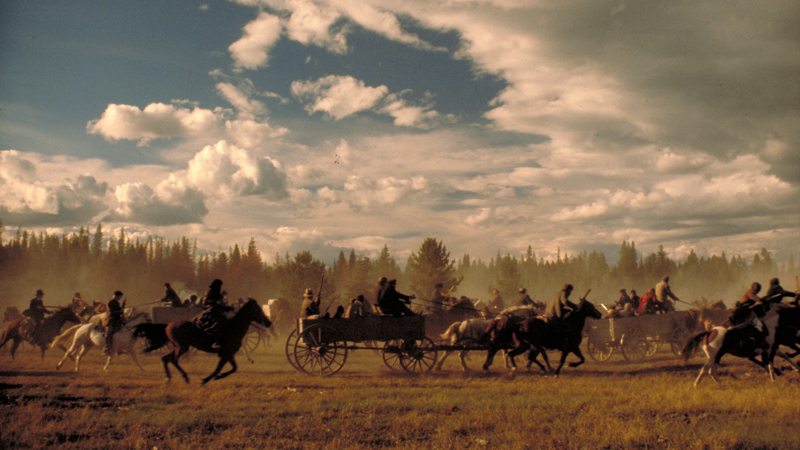
8. Heaven’s Gate (1980) — $114.4 Million
It seems fitting to start off the list with the film that is often considered the biggest financial disaster of all-time, if only in reputation. Released in 1980, Heaven’s Gate was a complete disaster to everyone involved, including studio United Artists, which almost collapsed as a result, and director Michael Cimino whose career never recovered. When it comes to film history, the Heaven’s Gate disaster is often pointed to as the key event that led American filmmaking away from director-driven projects, as studios sought to assume control over projects — something that hasn’t changed since.
Just how disastrous was Heaven’s Gate? On a budget of $44 million, the film earned only $3.4 million at the box office. Adjusted for inflation, Heaven’s Gate cost approximately $124 million and earned $9.6 million at the box office, losing $114.4 million for what was essentially an art-house western. Although the film has in recent years been rediscovered as — in many ways — a case of the media driving critical perception, there’s no doubt that the impact of Heaven’s Gate is still being felt by studios and filmmakers today.
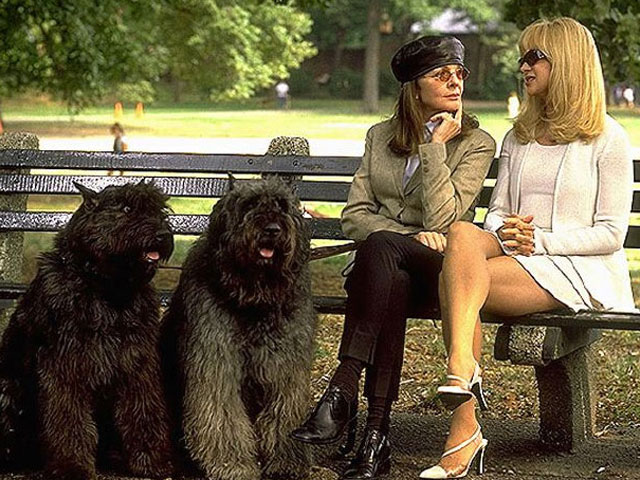
7. Town & Country (2001) — $122.7 Million
Town & Country was plagued with problems throughout the production, including extensive rewrites that led to re-shoots a year after the film originally wrapped. While re-shoots are not uncommon in Hollywood productions, the extent to which Town & Country was reshot certainly was. Making matters worse, the film’s actors, which included Warren Beatty, Diane Keaton, and Goldie Hawn, were subsequently paid their entire salary again, leading the film’s budget to spiral out of control.
When the smoke cleared from the film’s disastrous production and theater run, Town & Country had earned only $10.4 million on a budget that had ballooned to $105 million. In what can be considered the biggest tentpole rom-com box office bomb of all time, Town & Country lost $94.6 million in 2001, which rises to about $122.7 million when adjusted for inflation.
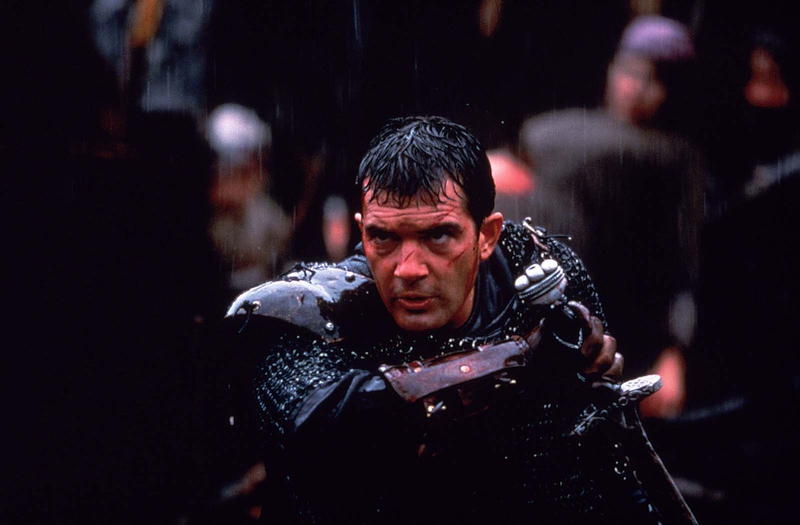
6. The 13th Warrior (1999) — $135.5 Million
Based on Michael Crichton’s Eaters of the Dead, Buena Vista was banking on The 13th Warrior building off the huge success of Crichton’s Jurassic Park adaptation from a few years prior. But the studio’s decision to spend huge amounts of money on the film, even by 2013 standards, ultimately backfired when nothing short of the film becoming a box office phenomenon could earn the film its money back.
The total cost of The 13th Warrior has been debated over the years, with some reports indicating that it might actually be the biggest box office bomb of all-time, but the film’s total cost is generally agreed to have been around $160 million — a stunning number in 1999 that rises to $223 million when adjusted for inflation. While the film wasn’t terrible at the box office, earning $61.7 million, it wasn’t nearly enough for a film with a budget that had spiraled completely out of control. In total, the film oversaw a net loss of $98.3 million in 1999, which equals about a $135.5 million loss when adjusted for inflation.

5. Mars Needs Moms (2011) -- $138.8 Million
Disney’s computer-animated Mars Needs Moms is text-book overspending on a film whose ceiling wasn’t all that high to begin with. With a budget that dwarfs some of the biggest films of all-time, live-action or animated, Mars Needs Moms would have been tough for even an animation studio like Pixar to profit from.
Coming in with a production budget of $150 million and marketing costs upwards of $25 million, Mars Needs Moms had a long way to go before simply breaking even. But even the studio’s worst case scenario was probably not as bad as the film’s total box office earnings of only $39 million. The film’s performance ultimately led Disney to lose $136 million in 2011, which goes up to about $138.8 million when adjusted for inflation.
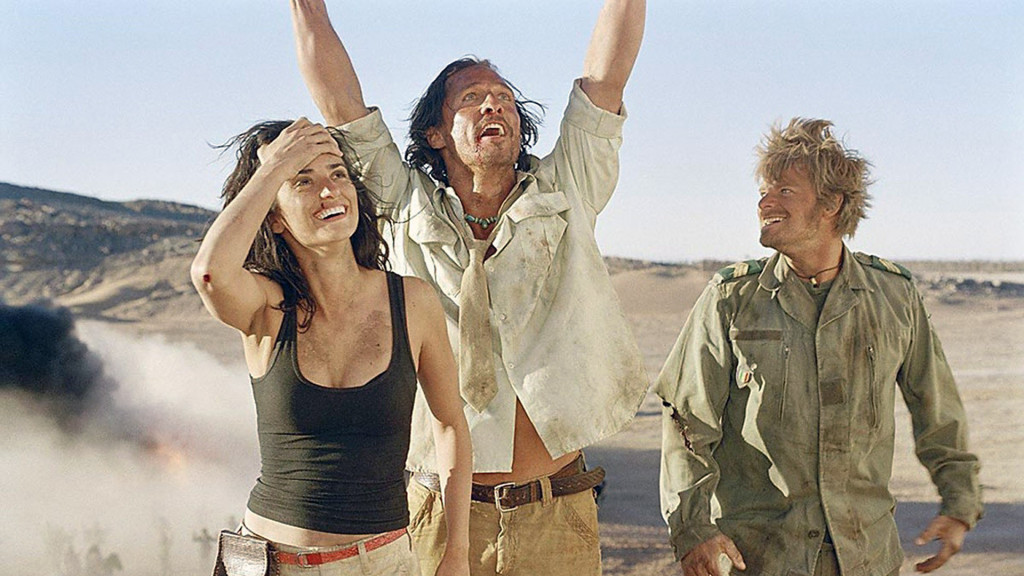
4. Sahara (2005) — $143.1 Million
The story of Sahara’s financial failure is the subject of many detailed reports that outline the complexities of so-called Hollywood accounting and even some potentially illegal financial transactions between Hollywood and the Moroccan government where the film was shot. But when it comes down to it, Sahara was simply too expensive.
According to reports, Sahara cost upwards of $240 million to produce, about $80 million of which went towards distribution expenses. But unlike many films on this list, Sahara wasn’t necessarily a box office bomb, earning a respectable $119.3 million. The problem was that Sahara really had no shot at making its money back, losing $119.9 million despite earning over $100 million at the box office — when adjusted for inflation, Sahara’s losses rise to about $143.1 million. In many ways, Sahara should have been a huge red flag when it comes to tentpole filmmaking, but instead the film has been largely forgotten.
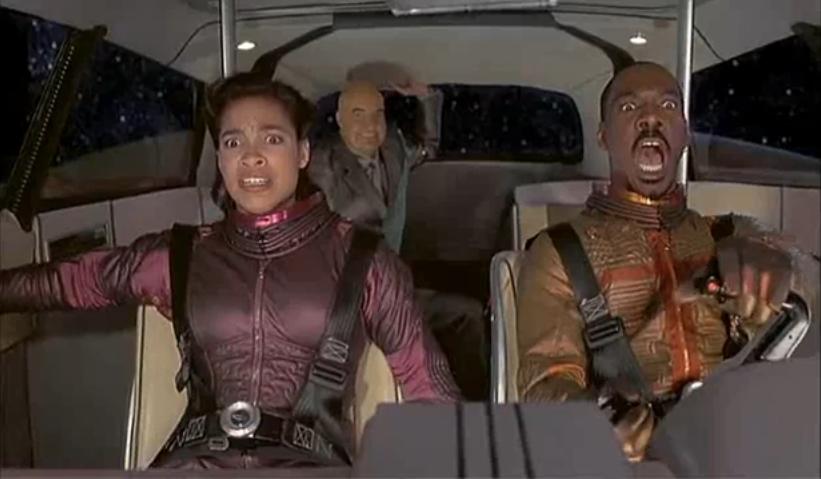
3. The Adventures of Pluto Nash (2002) — $144.1 Million
Actor Eddie Murphy experienced a long period of huge financial success at the box office throughout the 1980s and 1990s, but it was 2002's The Adventures of Pluto Nash that signaled that his box office prowess was coming to an end.
With a production budget of about $100 million and a marketing cost of $20 million, The Adventures of Pluto Nash earned only $7.1 million at the box office, with a total cost of $120 million putting the film’s 2002's losses just over $113 million. Adjusted for inflation, the film comes in at a loss of $144.1 million and is easily the worst-performing film of Murphy’s career — and is in some ways a film that he has never recovered from.
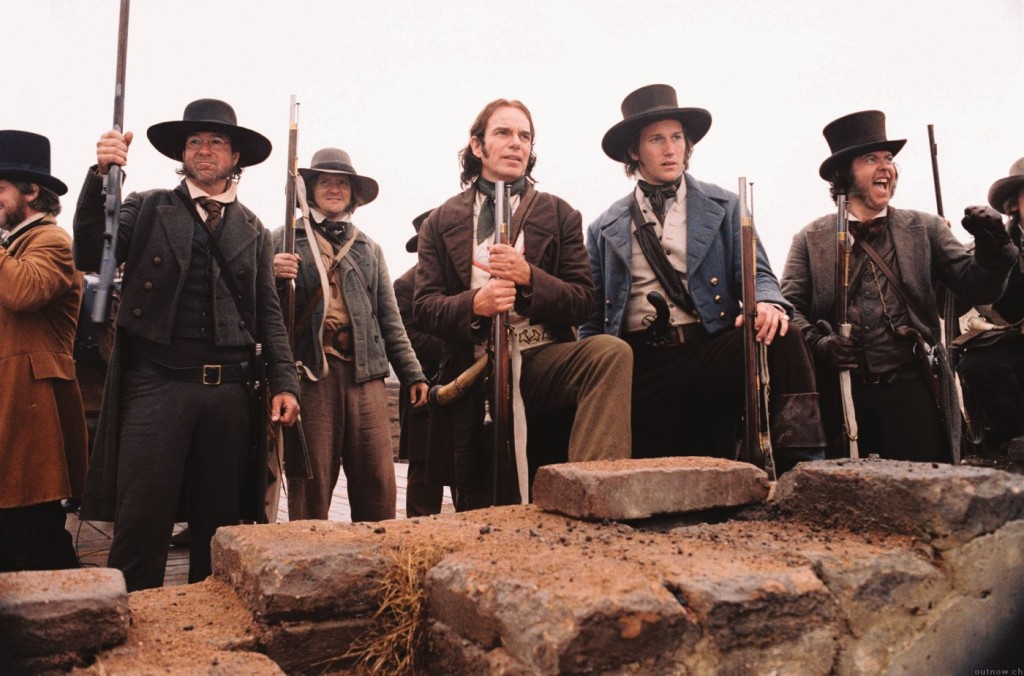
2. The Alamo (2004) — $144.9 Million
When you look at director John Lee Hancock’s filmography, you’ll notice a five-year gap between the years of 2004 and 2009 where Hancock doesn’t have either a writing or directing credit. That gap is probably the result of the huge box office failure of his 2004 film, The Alamo, which is only a hair away from being the worst financial failure in film history.
With a total cost of $145 million, The Alamo only earned $25.8 million at the box office, leading to a loss of $119.2 million. When adjusted for inflation, that means that The Alamo lost $144.9 million — only half a million from reaching the top of this list. And the scary thing is that it could have been worse. According to reports, producer Ron Howard wanted as much as $200 million for the film’s budget, which would have easily made The Alamo the worst financial disaster by a huge margin.
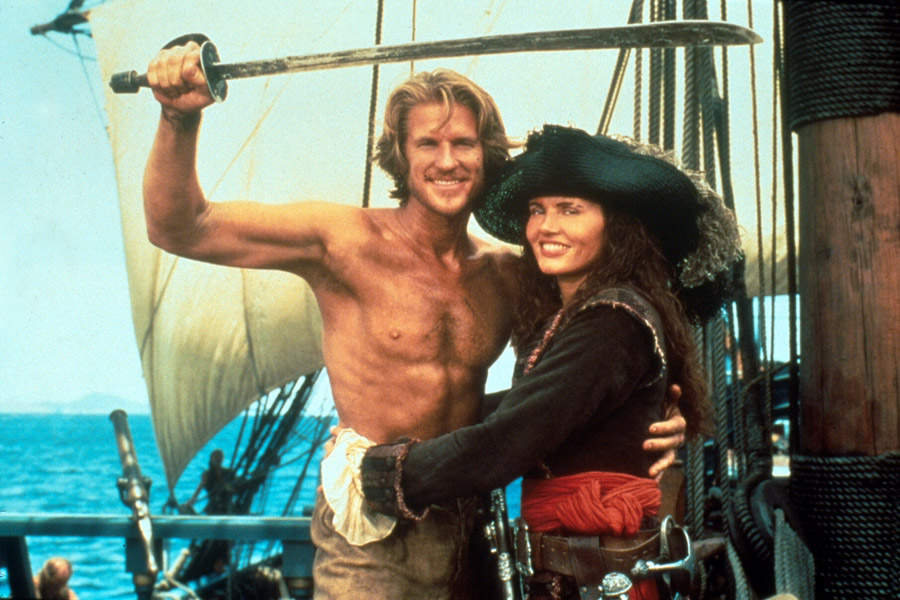
1. Cutthroat Island (1995) — $145.4 Million
Up until Pirates of the Caribbean: The Curse of the Black Pearl was released in 2003, pirate-themed films had been deemed box office poison mostly due to the record-breaking box office flop of Cutthroat Island. Despite being released in 1995, the film’s box office actuals are still fairly frightening, but when those same numbers are adjusted for inflation it gets downright scary.
Before the Guinness Book of World Records retired the record of “largest box office loss,” MGM’s Cutthroat Island was firmly entrenched in the spot with $10 million earned at the box office against a budget of $98 million along with $17 million in marketing expenses. Adjusted for inflation, Cutthroat Island lost the studio a total of $145.4 million and remains the worst financial disaster in film history.

